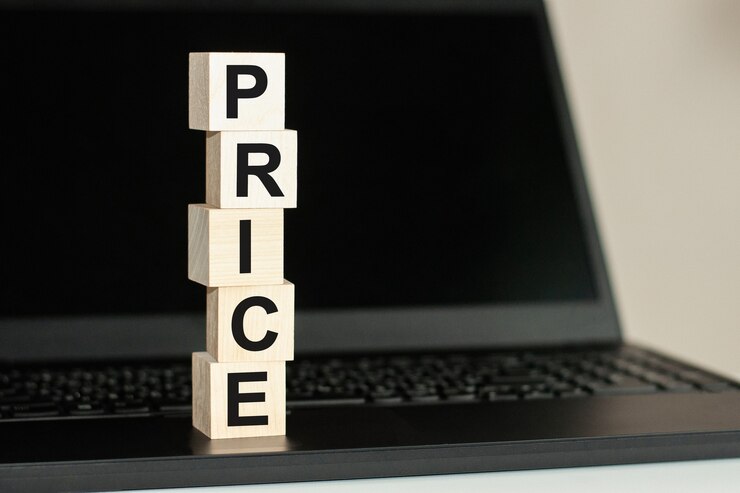If you’re in the business of selling merchandise, whether it’s as a YouTuber, a designer, or as a side hustle, how you price your products is a crucial strategy. It goes without saying that quality products are a must-have for your brand, but if you’re paying too much for inventory, pricing your merchandise becomes a challenge.
To overcome this hurdle, check out R&P Prints Canada, which offers high-quality clothing and prints at affordable prices by buying inventory in bulk and passing the savings on to its clients.
Here Are Three Prime Strategies For Your Custom Merch Business

There are several strategies to consider when pricing your merchandise, including penetration pricing, cost-plus pricing, and price skimming.
1. Penetration Pricing
Penetration pricing involves undercutting your competitors’ prices to grab a share of the market, but this can be risky if your margins are thin. You must calculate your budget and forecast how long you can continue to undercut your competitors before going under. Additionally, gradually raising your prices is crucial to avoid alienating your customers and being branded as a low-quality, bargain brand.
2. Cost-Plus Pricing
Cost-plus pricing is a more common strategy, where you calculate your total cost per unit and add a markup for profit. However, this method doesn’t consider market value, potentially leaving money on the table or losing sales if your prices are too high. Competitive pricing involves charging what your competitors charge, using their price(s) as a baseline, and setting your price higher or lower based on how you differentiate your merchandise from others on the market.
3. Price Skimming
Price skimming is a strategy used by companies introducing brand-new products on the market, charging as much as possible initially. This is based on the assumption that new companies will eventually come along and charge less for a similar product. However, the original company relies on having an established brand, a loyal customer base, and enough profits to continue innovating. Apple is an example of a company that uses this strategy.
The Bottom Line
Whichever pricing strategy you choose, it’s important to remember that there is no one-size-fits-all solution. You must weigh the pros and cons of each strategy and select the one that aligns with your business goals, target audience, and product offerings.
It’s also essential to keep an eye on the market and be flexible with your pricing strategy. As market trends and consumer preferences change, you may need to adjust your prices to stay competitive. Regularly reviewing your pricing strategy and analyzing sales data can help you make informed decisions and optimize your pricing strategy.
Pricing your merchandise is a vital aspect of your business strategy, and it’s important to consider all available pricing strategies and choose the one that aligns with your business goals. Whether you’re a new entrepreneur or an established brand, pricing your products effectively can help you gain a competitive edge, maximize profits, and achieve long-term success.
Read Also:




























